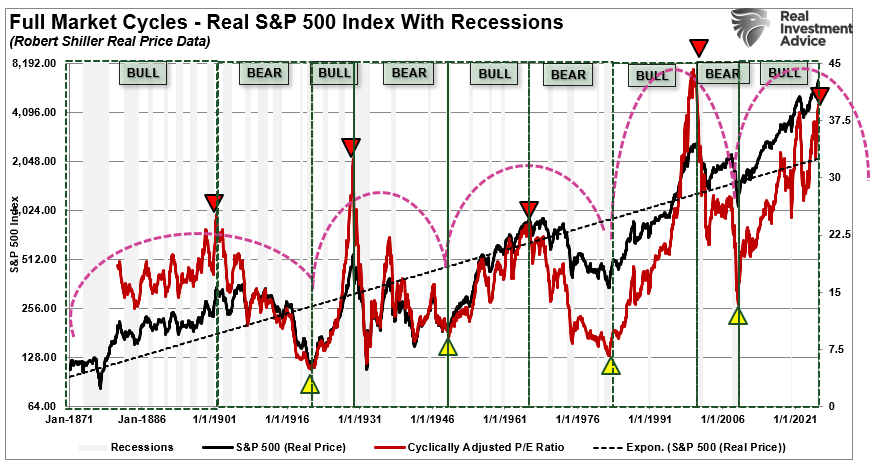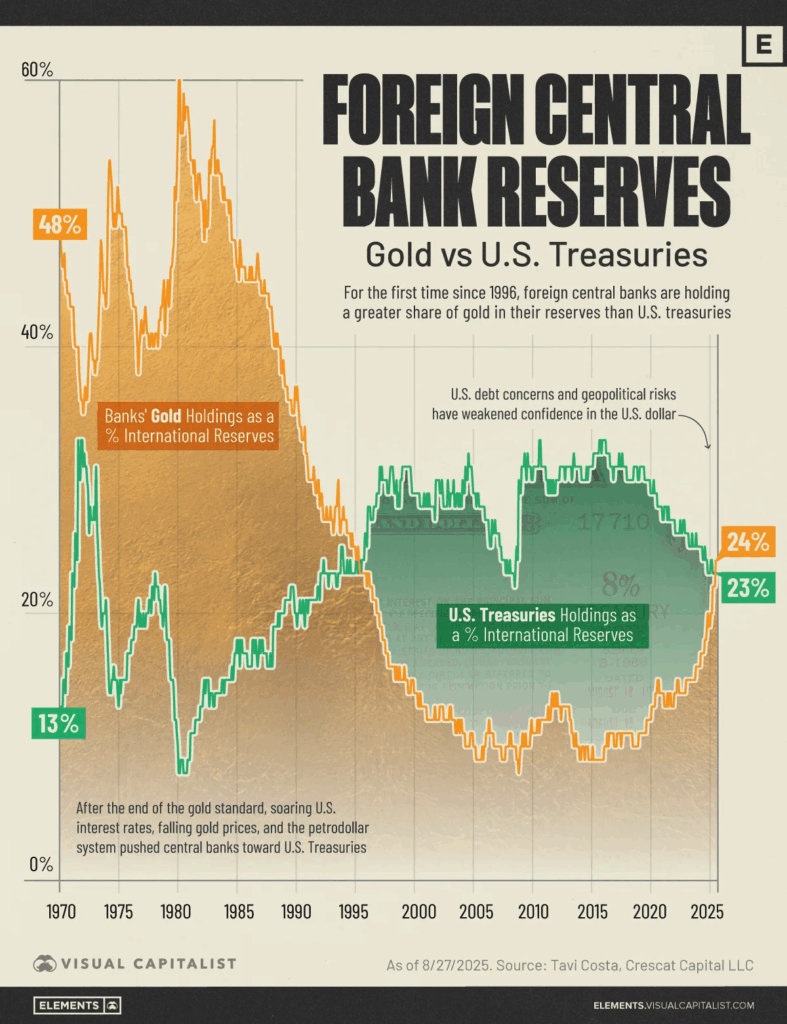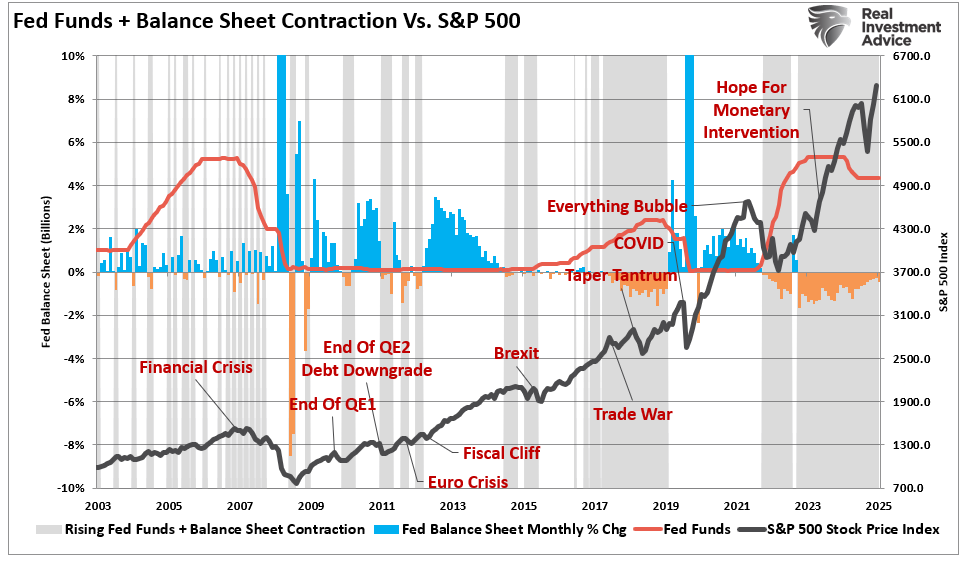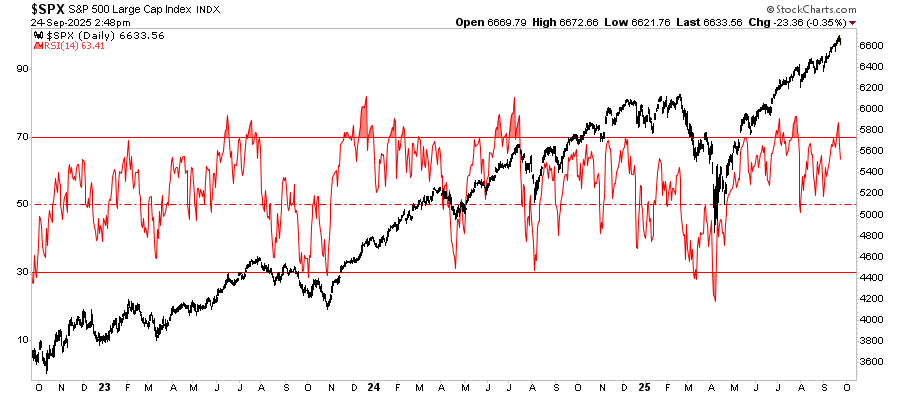Retaken from Christoph Gisiger via Finanz und Wirtschaft,
James Grant, Wall Street expert and editor of the investment newsletter «Grant’s Interest Rate Observer», warns of a crash in sovereign debt, is puzzled over the actions of the Swiss National Bank and bets on gold.
From multi-billion bond buying programs to negative interest rates and probably soon helicopter money: Around the globe, central bankers are experimenting with ever more extreme measures to stimulate the sluggish economy. This will end in tears, believes James Grant. The sharp thinking editor of the iconic Wall Street newsletter «Grant’s Interest Rate Observer» is one of the most ardent critics when it comes to super easy monetary policy. Highly proficient in financial history, Mr. Grant warns of today’s reckless hunt for yield and spots one of the biggest risks in government debt. He’s also scratching his head over the massive investments which the Swiss National Bank undertakes in the US stock market.
Jim, for more than three decades Grant’s has been observing interest rates. Is there anything left to be observed with rates this low?
Interest rates may be almost invisible but there is still plenty to observe. I observe that they are shrinking and that the shrinkage is causing a lot of turmoil because people in need of income are in full hot pursuit of what little of yields remains.
What are the consequences of that?
It reminds me of the great Victorian English journalist Walter Bagehot. He once said that John Law can stand anything but he can’t stand 2%, meaning that very low interest rates induced speculation and reckless investing and misallocation of capital. So I think Bagehot’s epigraph is very timely today.
John Law was mainly responsible for the great Mississippi bubble which caused a chaotic economic collapse in France in the early 18th century. How is the story going to end this time?
It will turn out to be very bad for many people. If Swiss insurance and reinsurance executives are reading this right now they might be rolling their eyes and they might be frustrated to hear an American scolding from a distance of 3000 miles about the risk of chasing yield. After all, if you’re in the business of matching long term liabilities with long term assets you have little choice but to wish for a better, more sensible world. But you have to take the world as it is and today’s world is barren of interest income. The fact is, that these are very risk fraught times.
Where do you see the biggest risks?
Sovereign debt is my nomination for the number one overvalued market around the world. You are earning nothing or less than nothing for the privilege of lending your money to a government that has pledged to depreciate the currency that you’re investing in. The central banks of the world are striving to achieve a rate of inflation of 2% or more and you are lending certainly at much less than 2% and in many cases at less than nominal 0%. The experience of losing money is common in investing. But where is the certitude of loss even before your check clears? That’s the situation with sovereign debt right now.
On a worldwide basis, more than a third of sovereign debt is already yielding less than zero percent.
There is not quite a bestseller, but a very substantial book called «The History of Interest Rates». It was written by Sidney Homer and Richard Sylla. Sidney Homer is no longer with us, but Richard Sylla is alive and well at New York University. So I called him and said: « Richard, I’ve read many pages but not every single page in your book which traces the history of interest rates from 3000 BC to the present. Have you ever come across negative bond yields?» He said no and I thought that would be kind of a major news scoop: For the first time in at least 5000 years we have driven interest rates below the zero marker. I thought that was an exceptional piece of intelligence. But I notice however that nobody seems to have picked up on it.
It’s now already two years ago since the ECB was the first major central bank to introduce negative rates.
There are some other historical settings: In Europe, ??Monte dei Paschi di Siena, this 500 and plus year old bank in Italy, is struggling and as broke as you can be without being legally broke. Monte dei Paschi has survived for half a millennium and now it is on the ropes. Meanwhile, the Bank of England is doing things today that it has never done in its history which is 300 plus years. So I suggest that these are at least interesting times and in many respects unprecedented ones.
So what’s the true meaning of all this?
In finance, mostly nothing is ever new. Human behavior doesn’t change and money is a very old institution and so are our markets. Of course, techniques evolve, but mostly nothing is really new. However, with respect to interest rates and monetary policy we are truly breaking new ground.
Now central bankers are even talking openly about helicopter money. Will they really go for it?
I already hear the telltale of beating rotor blades in the sky. I also hear the tom-toms of fiscal policy being pounded. There seems to be some kind of a growing consensus that monetary policy has done what it can do and that what me must do now – so say the «wise ones» – is to tax and spend and spend and spend. That seems to be the new big idea in policy. In any case, it is not good for bondholders.
Interestingly, nobody seems to be talking about the growing government debt anymore. Also, budget politics are just a side note in the ongoing presidential elections.
The trouble with this election is that somebody has to win it. I have no use for Donald Trump but I have equally no use for Hillary Clinton. The point is that one of those two is going to win. That is the tragedy! So we at Grant’s regret that one of them is going to win.
The financial crisis and the weak economic recovery likely have spurred the rise of Donald Trump. Why isn’t the US economy in better shape after all those monetary programs?
I wonder how it would have been if markets had been allowed to clear and if prices had been allowed to find their own level in real estate in 2008. Central banks have intervened to quell financial panics for at least 200 years. For instance, in 1825 the bank of England lent without stint and was not – as they said – overnice about the kind of collateral. That was a very dramatic intervention. So it’s not as if we have never before seen the lender of last resort at work. But what is new is the medication of markets through this opiate of quantitative easing year after year after year following the financial crisis. I think that this kind of intervention has not only not worked but it has been very harmful. Around the world, the economies are not responding despite radical monetary measures. To some degree, I believe, they are not recovering because of radical monetary measures.
What’s exactly the problem with the US economy?
There is another side of what we are seeing now: In America certainly the Federal Reserve and bank regulators generally are very heavy handed in their interventions. I’m sure they have every good intention. But with their regulatory charges they are suppressing the recovery in credit that takes place in a normal economic recovery and in this particular case after a depression or after a liquidation.
Then again, a revisit of the financial crisis would be catastrophic.
The new rules with respect to financial reform have absorbed not only forests worth of paper but also the time and attention of legions of lawyers. If you talk to a banking executive what you hear is that the banks have been overwhelmed by the need to hire compliance and regulatory people. This is especially bearing on the smaller banks. I think that’s part of the story of the lackluster recovery: Monetary policy has been radically open in the creation of new credit. But it has been radically restrictive with regard to risk taking in the private world.
So what should be done to get the economy back on track?
There are guides in history on how to do this. For more than a hundred years in Britain, in the United States and probably as well in Switzerland, the owners of the equity of a bank themselves were responsible for the solvency of the bank. If the bank became impaired or insolvent they had to stump up more capital to pay off the liability holders, including the depositors. But over the past hundred years collective responsibility in banking has gradually replaced individual responsibility. The government, with the introduction of deposit insurance, new regulations and interventions has superseded the old doctrine of the responsibility of the owners of a property. That’s why I think we need to go away from government intervention and go more towards market oriented solutions such as the old doctrine of responsibility of the bank owners.
At least in the US, the Fed is trying to go back to a more normal monetary policy. Do you think Fed chief Janet Yellen will make the case for another rate hike at the Jackson Hole meeting next week?
Janet Yellen is by no means an impulsive person. According to the « Wall Street Journal», she arrives for a flight at the airport hours early – and that’s plural! So this is a most deliberative and risk averse person. Also, as a labor economist, she’s a most empathetic person. She believes what most interventionist minded economists believe: They have very little faith in the institution of markets and they don’t believe that the price mechanism is anything special. They want to normalize rates and yet they can always find an excuse for not doing so. We have been hearing for years now that the next time, the next quarter, the next fiscal year they will act. So I believe what I’m seeing: None of these days the Federal Funds Rate will go higher than 0.5%. I can’t see that happening.
Wall Street seems to think along the same lines. So far, many investors don’t take the renewed chatter of a rate hike too seriously.
The Fed is now hostage to Wall Street. If the stock market pulls back a few percent the Fed becomes frightened. In a way I suppose, the Fed is justified in that belief because it is responsible to a great degree for the elevation of financial asset values. Real estate cap rates are very low, price-earnings-ratios of stocks are very high and interest rates are extremely low. One can’t be certain about cause and effect. But it seems to me that the central banks of the world are responsible for a great deal of this levitation in values. So perhaps they feel some responsibility for letting the world down easy in a bear market. It has come to a point where the Fed is virtually a hostage of the financial markets. When they sputter, let alone fall, the Fed frets and steps in.
Obviously, the financial markets like this cautious mindset of the Fed. Earlier this week, US stocks climbed to another record high.
Isn’t that a funny thing? The stock market is at record highs and the bond market is acting as if this were the Great Depression. Meanwhile, the Swiss National Bank is buying a great deal of American equity.
Indeed, according to the latest SEC filings the SNB’s portfolio of US stocks has grown to more than $60 billion.
Yes, they own a lot of everything. Let us consider how they get the money for that: They create Swiss francs from the thin alpine air where the Swiss money grows. Then they buy Euros and translate them into Dollars. So far nobody’s raised a sweat. All this is done with a tab of a computer key. And then the SNB calls its friendly broker – I guess UBS – and buys the ears off of the US stock exchange. All of it with money that didn’t exist. That too, is something a little bit new.
Other central banks, too, have become big buyers in the global securities markets. Basically, it all started with the QE-programs of the Federal Reserve.
It is a truism that central banks do this. They’ve done this of course for generations. But there is something especially vivid about the Swiss National Bank’s purchases of billions of Dollars of American equity. These are actual profit making, substantial corporations in the S&P 500. So the SNB is piling up big positions in them with money that really comes from nothing. That’s a little bit of an existential head scratcher, isn’t?
So what are investors supposed to do in these bizarre financial markets?
Full story here Are you the author? Previous post See more for Next postI’m very bullish on gold and I’m very bullish on gold mining shares. That’s because I think that the world will lose faith in the PhD standard in monetary management. Gold is by no means the best investment. Gold is money and money is sterile, as Aristotle would remind us. It does not pay dividends or earn income. So keep in mind that gold is not a conventional investment. That’s why I don’t want to suggest that it is the one and only thing that people should have their money in. But to me, gold is a very timely way to invest in monetary disorder.
Tags: Bank of England,Bear Market,Bonds,central banks,Donald Trump,Federal Reserve,France,Great Depression,Italy,Janet Yellen,Monetary Policy,newslettersent,None,Quantitative Easing,Real Estate,recovery,Swiss National Bank,Switzerland,Wall Street Journal








































1 comments
Stefan Wiesendanger
2016-10-29 at 01:05 (UTC 2) Link to this comment
As much as I respect and esteem Jim Grant for what he has to say about the American economy, what he says about Switzerland is wrong at best and fatal if it were to become common thinking. Just as wrong and dangerous as when Bronfman alleged that the Swiss became rich on Jewish money not restituted after WW2. What is wrong in Grant’s words? The SNB is NOT creating money out of thin air. Switzerland runs a current-account surplus of 60-80bn USD per year, most of it in trade, due to high savings. Traditionally, this surplus would get reinvested abroad through a.o. the big banks. On a side note: that these capital exports get hammered frequently, most recently in a series of busts in the U.S. is another story but deserves mentioning. Back to the main train of thought: whether Swiss investment abroad fares well or not – ever since the financial crisis, Swiss investors bring their current-account surplus home into the safety of Swiss Francs. Who is to blame them?
The SNB, faced with these capital flows back into the CHF, instead of keeping the CHF stock constant and thereby inflating the value of the currency which would kill the very important exports industry, takes the surplus coming home onto its own books by exchanging newly printed Swiss Francs for the foreign currency or titles. So in many ways, the SNB operates like in the old days of the gold standard when liquidity was created by real savings. Today, the SNB is most definitely NOT creating Swiss Francs our of thin air – they come into existence through real savings.
Now what to do with the foreign assets that the SNB holds in a fiduciary capacity? The SNB already holds almost 70% of them in foreign government debt that the same Jim Grant advises against convincingly. If the SNB holds 20% of its assets in worldwide stocks, that is more than legitimate. Surely, this is not excessive and is already a big enough subsidy of foreign governments with hard Swiss savings. So if anyone is to shout “excess”, it should be Swiss savers.
Finally, when Jim Grant calls for individual responsibility in banking, coming from an American, this sounds like adding insult to injury to Swiss ears. The Swiss model of the private bank as a partnership with unlimited personal liability was the very embodiment of moral banking according to Grant’s ideal. Only, this model was all but destroyed by the brute pressure form the U.S. Through money laundering laws, banks were made responsible for their clients’ actions. And through principles allowing extraterritorial application of law, banks became subject to rules in pretty much every jurisdiction in the world. If you are personally liable for the actions of all your clients under the laws of pretty much all countries of the world, clearly you cannot bet the family fortune but have to change your bank into a limited liability company. Precisely the wrong thing to do at a time when personal responsibility and moral banking are called for.